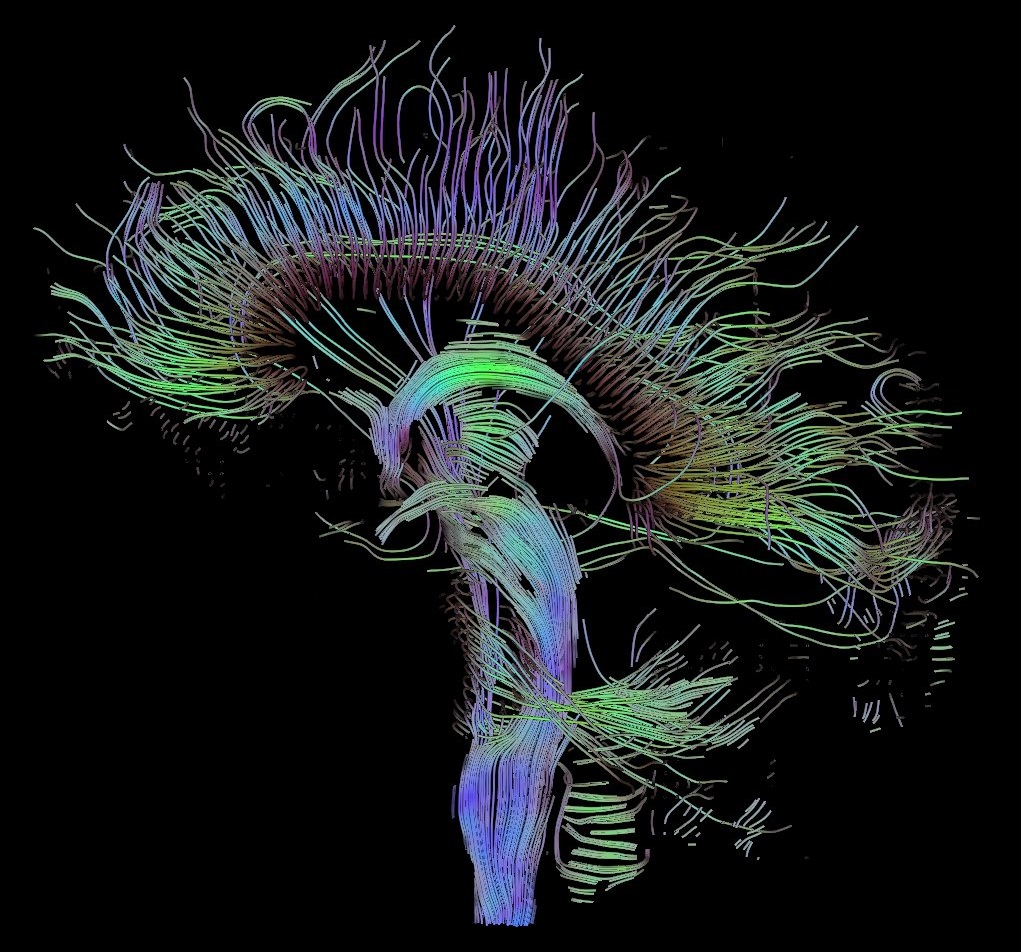In this blog post I will be investigating two articles pertaining to my neuroscience major. One article is from Newsweek and the other is from The Atlantic.
How Neuroscience Reinforces Racist Drug Policy
This article in The Atlantic begins by discussing the findings of Harvard's medical school on how marijuana effects the structures of the brain. Their findings show differences in density, volume, and shape between the nucleus accumbens and amygdala regions between "casual smokers" and non-smokers. From their findings, it appears that these areas could affect a wide range for emotions used for decision making.
Even though the study made no greater claims other than saying that essentially the two kind of brain are different; however, it has brought back up the ethnic history of the marijuana, and could possibly implies brain differences among different groups. Research shows that the there are considerably more arrests for marijuana possession among blacks than there are among whites. Also, with its ties to Mexican immigrants crossing the border, marijuana is soaked with racial criticism.
What really increases the debate is how accurate these predictions about the brain could be. People are wondering how unbiased these results could be. How do you classify a brain abnormality as hazardous or dangerous if you haven't done done case studies and observed subjects' behavior?
Hmmmmmmm.....
The National Insitiute on Drug Absue (NIDA) has been found to slightly exaggerated their drug testing results. And it so happens that they also helped fund the Harvard research study.
Many people are concerned about civil rights. The stigma associated with the drugs, coupled with these alleged findings, may lead to more arrests or harsher treatment on these minorities. While many question the validity of these results, NIDA claims that they just want to make young adults think twice about the relationship between their bodies and drugs. Although I can see the point of the NIDA, I see no need to try to extrapolate such claims. If your evidence does not explicitly point to it, you should not try to wave it around as something else. What also bothers me is the the fact that they do not talk about medical marijuana, but instead focus on negative drug use. In all, I feel more sympathetic to the minorities affected by this situation in the fact that their appearance is somewhat colored by the "findings" of the researchers.
Ben Carson Once Studied Fetal Brain Tissue, Now Calls the Research 'Disturbing'
The debate for this rather short article from Newsweek centers around the 2016 presidential candidate and doctor Ben Carson. Carson, running as a Republican, has joined in with many other of the party's candidates in his support of pro-life efforts. However many in the scientific community seem to be slightly skeptical of this.
Now obstetrician and gynecologist Dr. Jen Gunter comes in. On her blog, she shows a picture of the released study done by Carson and several of his colleagues at John Hopkins that utilized the bodies of 9 and 17 week aborted fetuses in order to investigate how chambers in the human brain develop.
Carson spoke out about this incident to Fox News explaining how at 17 weeks the fetus has developed several distinguishable features as well as a beating heart, and is receptive to environmental stimulus. In fact, he said that is 'disturbing' the way we are treating human life and that there is "nothing that can't be done without fetal tissue." And in an interview with the Washington Post hes dismissed Gunter's claims as "desperate" and ignorant.
Gunter responded by saying that Carson should be well aware that without the use of fetal tissue, their field would be far less advanced than it is today.
So here's what I'm thinking...
I can't connect to, much less sympathize with, Ben Carson on this. You cannot refute claims like this that you yourself published! To me this shows dishonesty and a strange pro-life facade, somethig that will not garner trust from either political party.
Personally not my presidential candidate choice.











